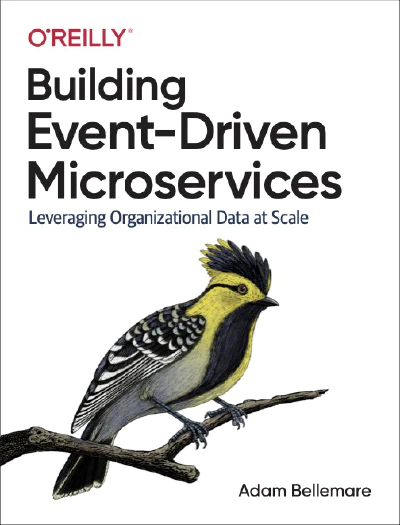
Building Event-Driven Microservices - Chapter 15 - Testing Event Driven Microservices.
Testing event-driven solutions is a challenging task. It includes:
Common principles Unit testing: stateless and stateful Testing the Topology (I bet you didn’t do it! ;) Testing Schema Evolution and Compatibility Integration testing: Local, Remote and Hybrid - a set of common sense considerations not to forgot about Choosing the testing strategy All of these is disclosed in the Chapter 15 of the book:
“Building Event-Driven Microservices: Leveraging Organizational Data at Scale” by Adam Bellemare
